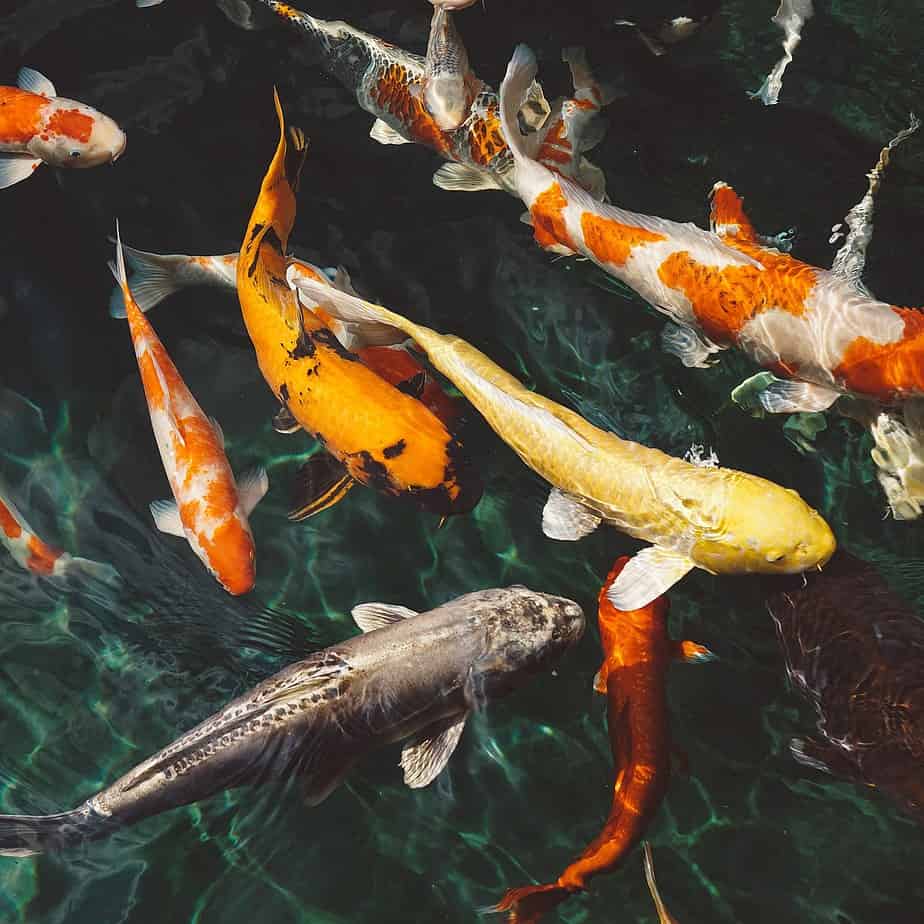
A Sustainable Approach to Farm Dams
As the global population continues to grow, the demand for food production escalates, putting pressure on traditional farming practices. In the pursuit of sustainable and efficient food production, integrating aquaculture into existing farm dams presents an innovative and environmentally friendly solution. Aquaculture, the practice of cultivating aquatic organisms, provides a myriad of benefits that complement traditional farming methods. In this blog post, we will explore the process of integrating aquaculture into your farm dam, highlighting its advantages and essential considerations.
Understanding Aquaculture
Aquaculture is the controlled cultivation of aquatic species such as fish, crustaceans, and aquatic plants, under managed conditions. It can be implemented in various environments, including ponds, tanks, and, importantly, farm dams. When done correctly, integrating aquaculture into your farm dam offers a sustainable, integrated farming approach that enhances overall productivity while promoting environmental harmony.
Advantages of Integrating Aquaculture into Farm Dams
Diversification and Resilience: Incorporating aquaculture into your farm dam diversifies your income streams and reduces reliance on single crops or livestock. This diversification can provide financial stability even in uncertain market conditions, making your farm more resilient to economic fluctuations.
Nutrient Recycling: Fish and other aquatic organisms play a crucial role in nutrient recycling. Their waste products act as natural fertilizers, enriching the water with essential nutrients that benefit plant growth. This natural fertilization reduces the need for synthetic fertilizers, leading to cost savings and minimizing environmental impacts.
Improved Water Management: Farm dams can suffer from water quality issues due to excessive nutrients, which can lead to algal blooms and oxygen depletion. By integrating aquaculture, fish help control algae populations and maintain a balanced ecosystem, resulting in improved water quality for both fish and other farm activities.
Enhanced Soil Health: Aquaculture provides an opportunity to develop an integrated system that promotes soil health. The nutrient-rich water from the farm dam can be channeled into irrigation systems, offering a consistent supply of water and nutrients to crops, thus enhancing soil fertility and productivity.
Reduced Pressure on Wild Fisheries: With overfishing being a significant concern globally, integrating aquaculture into your farm dam can reduce the pressure on wild fish populations. Farm-raised fish can serve as a sustainable and ethical source of seafood, contributing to conservation efforts and preserving biodiversity.
Steps to Integrate Aquaculture into Your Farm Dam
Feasibility Assessment: Before diving into aquaculture, assess the feasibility of integrating it into your farm dam. Consider factors such as water availability, water quality, local regulations, and market demand for aquaculture products. Seek guidance from agricultural extension services or aquaculture experts to evaluate your farm’s potential for successful integration.
Selecting Suitable Fish Species: Choose fish species that are well-suited to your farm’s climate and water conditions. Common species used in aquaculture include tilapia, catfish, carp, and trout. Research their dietary requirements, growth rates, and market demand to make informed decisions.
Designing the Farm Dam: Evaluate the design and capacity of your farm dam to accommodate both aquaculture and other farm activities. Implement measures to prevent fish escape and protect fish from predators, such as birds or mammals.
Implementing Aquaculture Systems: Depending on your resources and objectives, opt for either extensive or intensive aquaculture systems. Extensive systems allow fish to utilize natural foods in the pond, while intensive systems involve more controlled feeding and management.
Monitoring and Management: Regularly monitor water quality, fish health, and growth rates. Implement appropriate feeding practices and address any potential issues promptly. Water quality management is critical to the success of your aquaculture venture and the overall health of your farm dam ecosystem.
Conclusion
Integrating aquaculture into your farm dam offers a sustainable and holistic approach to farming. By harnessing the synergy between aquatic organisms and land-based agriculture, farmers can diversify income streams, improve water and soil quality, and reduce environmental impact. However, successful integration requires careful planning, ongoing monitoring, and a commitment to responsible practices. By adopting this environmentally friendly approach, farmers can contribute to the growing movement of sustainable food production and pave the way for a brighter, more resilient agricultural future.

Pingback: Enhancing Biodiversity With Farm Dams | Big Ditch Dam Building Company